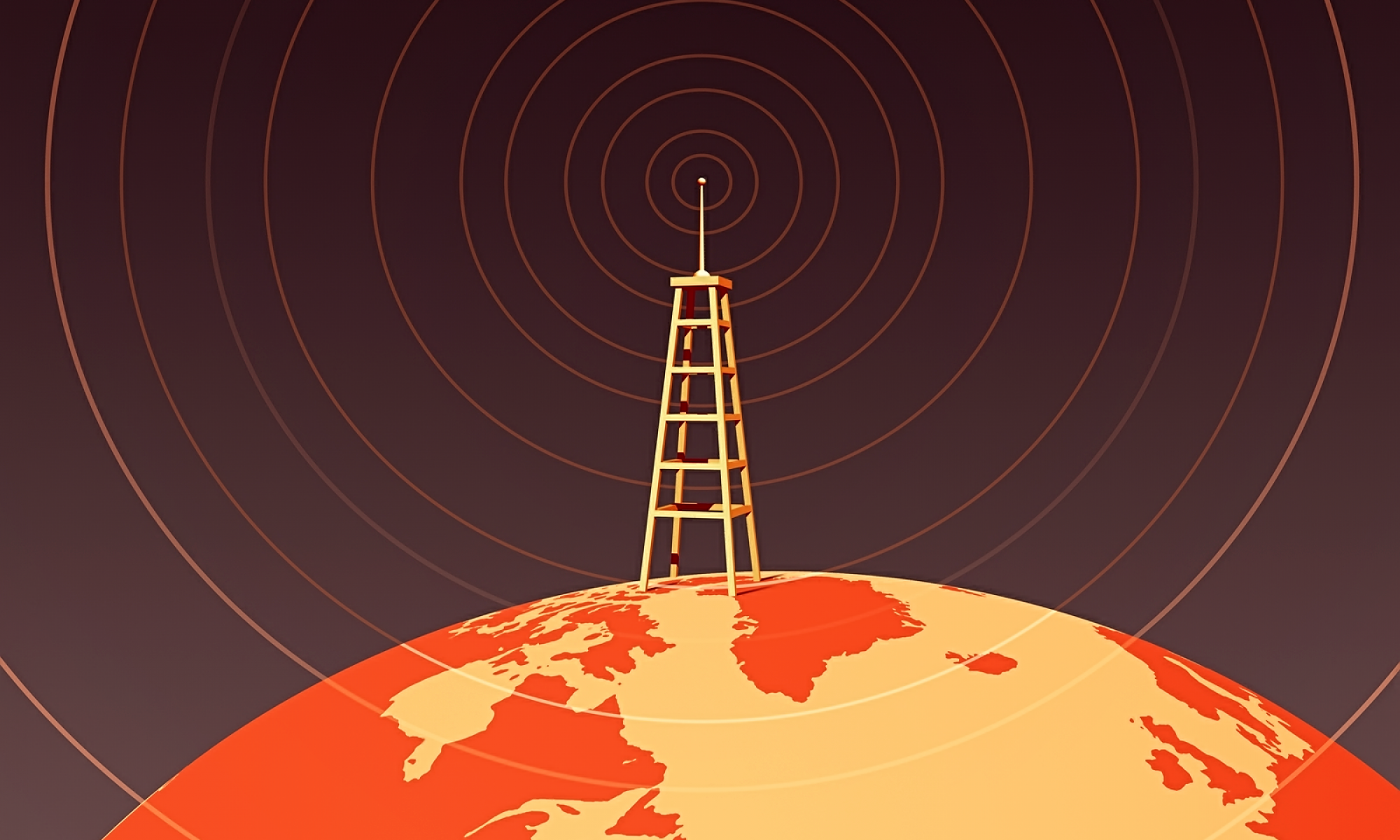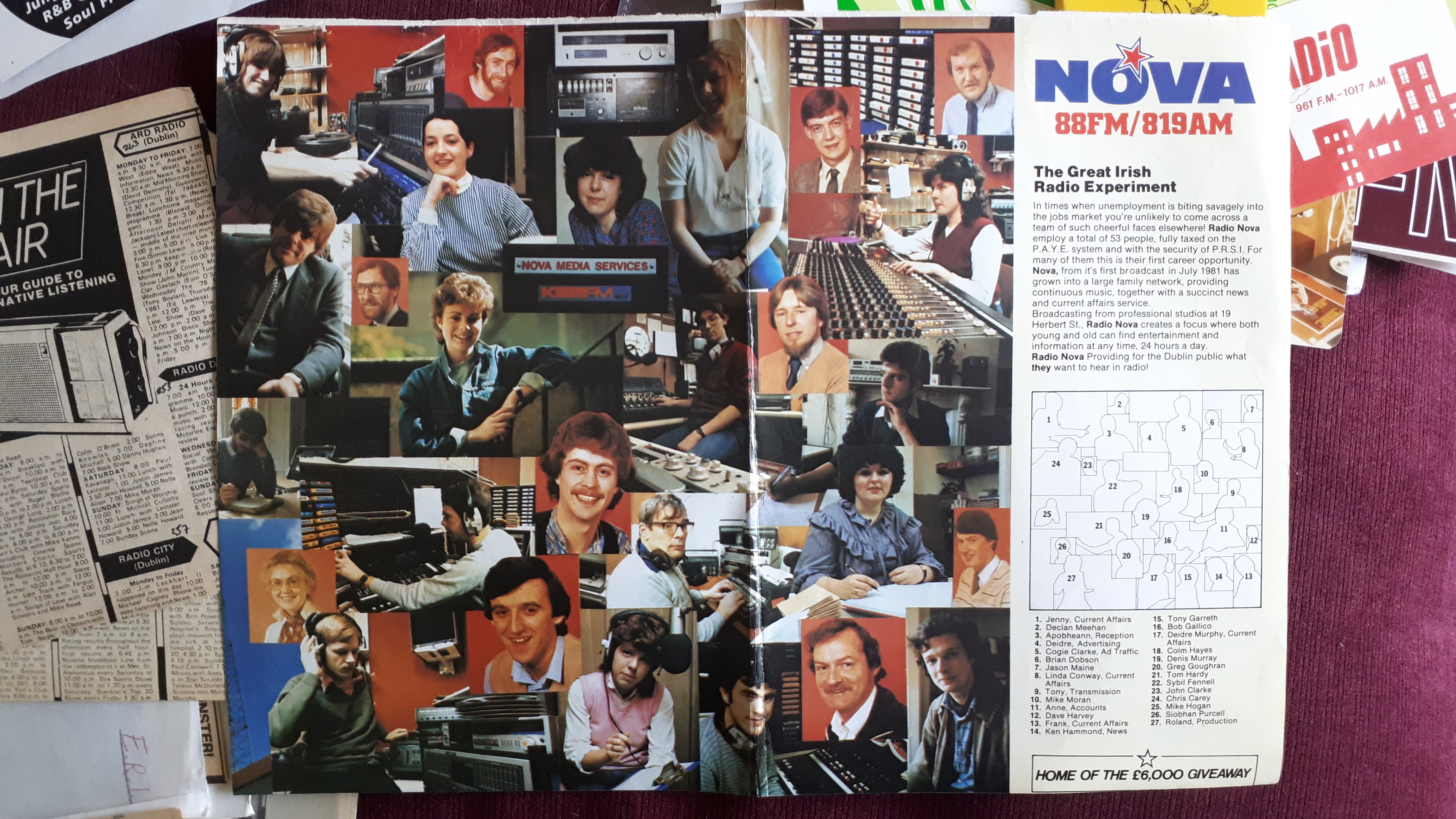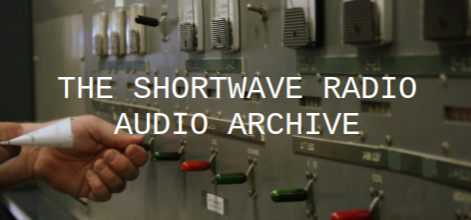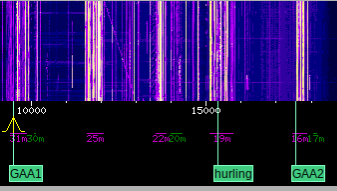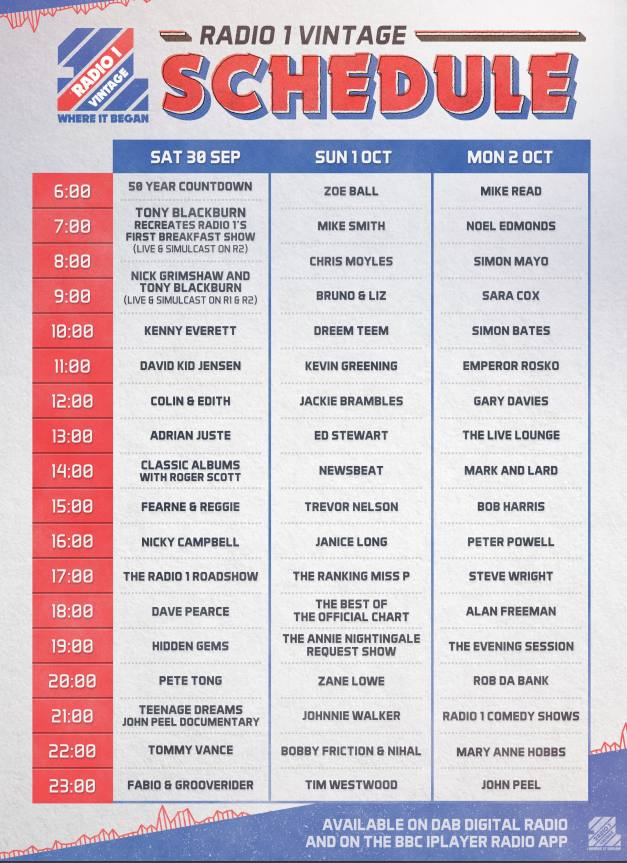RTE Newscaster Bryan Dobson is to move from flagship TV news (Six One) to flagship radio news (Morning Ireland).
Dobson who began his broadcasting career with Radio Nova in the 1980s started presenting the RTÉ Six One news in 1996.
He is no stranger to radio and morning Ireland as a twitter search will show. He has presented stints on Morning Ireland in August each year.
@donaloflynn Bryan Dobson. He's been presenting Morning Ireland this week
— Morning Ireland (@morningireland) August 26, 2010
Morning all. Your presenters today — Aoife Kavanagh and Bryan Dobson. You can watch/listen here http://bit.ly/bH5fS3
— Morning Ireland (@morningireland) August 8, 2011
Good Morning Bryan Dobson and Gavin Jennings present as we celebrate Katie's gold and hear from Richie Boucher on Bank of Ireland's results
— Morning Ireland (@morningireland) August 10, 2012
Bryan Dobson on Morning Ireland. Got the fright of my life. Thought I'd fallen asleep with the telly on and woke up terribly late.
— JK (@KJoanne) August 12, 2013
What time is it? Bryan Dobson is on #MorningIreland on #rteradio! Have I slept in?
— David Quinn (@DavidQuinn14) August 7, 2014
It's a reminder there's still a few weeks of summer left when you hear Bryan Dobson on Morning Ireland. And he's excellent.
— Ian Guider (@ianguider) August 5, 2016
The very best of luck to Mr. Dobson as he returns to radio full time!
